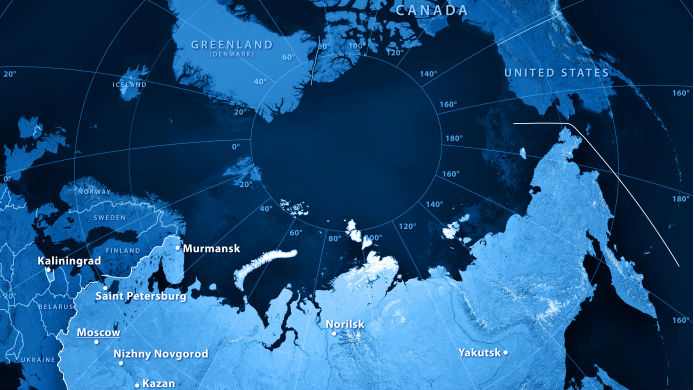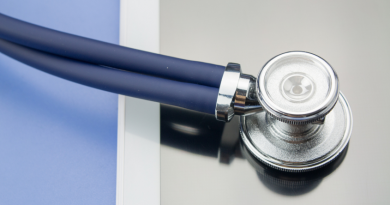Russian researchers applaud construction of Arctic station

There was pride and celebration among the people who assembled on 20th December at the Admiralty Yard in St.Petersburg (Western Russia) to mark the official start of construction of the “North Pole” station. The 84 meter long, 22,5 meter wide platform will be the world’s first research station permanently based in high Arctic waters.
It is to be completed in 2020, and the cutting of metal for the hull officially started on December 21st, Roshydromet informs.
“The cutting of the metal marks the start of the construction of a unique, comfortable and reliable drifting station that undoubtably will open en new page in our national polar history,” said Natalia Radkova, Deputy Director of state meteorological institute Roshydromet.
The “North Pole” station has a deadweight of 10,390 tons and an engine that enables it to move through light ice with a 10 knots speed.
The installation will have permanently have onboard a Mi-8 helicopter.
For periods of up to two years at a time, the “North Pole” will be drifting autonomously across the Arctic with a crew of 14 and teams of up to 34 researchers.
Climate change issues
The Russian Arctic and Antarctic Institute already proposed 12 years ago the construction of a permanent platform that would replace the annual drifting stations operated in Arctic waters.
“Since 1937, a total of 40 expeditions have been made, but because of the global warming and melting of the ice in the early 2000s we have been forced to halt the program,” institute Director Aleksandr Makarov said in the ceremony.
“The building of a self-propelled ice-protected platform allows us to continue the important studies of the Arctic Ocean at high altitudes,” he underlined.
According to the research director, the platform will be used for geological, acoustic, geophysical, as well as marine studies. Up to 70 percent of all information on the Arctic territories is today provided by Russia, Makarov made clear in the ceremony at the Admiralty Yard.
The “North Pole” will be able to autonomously break its way through the ice. But it is not the ability to break the ice which is the most important, Makarov underlines. It is the platform’s ability to enable researchers to live in the ice for long periods.
The is a joint initiative of Roshydromet and the Arctic and Antarctic Institute. The preliminary project investment cost is €98 million.
The Soviet Union and later Russia has had floating research stations in the Arctic since 1937, with a break in the years 1991-2003.
Weaker ice floes make research difficult
In the latest years, the research station has normally been established on an ice floe in September-October, and some two dozens of scientists would spend the winter there, measuring climate and weather conditions.
During the last couple of years, it has become more and more difficult to find ice floes solid enough to hold a station.
The last “real” ice station, “North Pole-40”, was established in October 2012, and had to be evacuated in May 2013, because the ice floe the base was placed on, started to break apart. The 16 scientists that had spent the winter on the floe had to be rescued by a nuclear-powered icebreaker sent out from Murmansk.
Russia did not set up any floating stations in 2013-2014 or in 2014-2015. In April 2015 they established a station called “North Pole 2015”, that only existed for four months.
Related links from around the North:
Canada: Loaded with more mercury than previously thought, permafrost thaw could be a ticking time bomb, Radio Canada International
Finland: Finland’s environment suffering from human activity, report says, Yle News
Greenland: Glacier half the size of Manhattan breaks off Greenland, CBC News
Norway: December sea ice levels in Arctic Europe at record low, The Independent Barents Observer
Russia: Weak ice prompts Russia to launch mega research platform in Arctic, The Independent Barents Observer
Sweden: Glacier in central Sweden “collapsing” as climate warms, Radio Sweden
United States: New study predicts ‘radical re-shaping’ of Arctic landscape by 2100, CBC News



